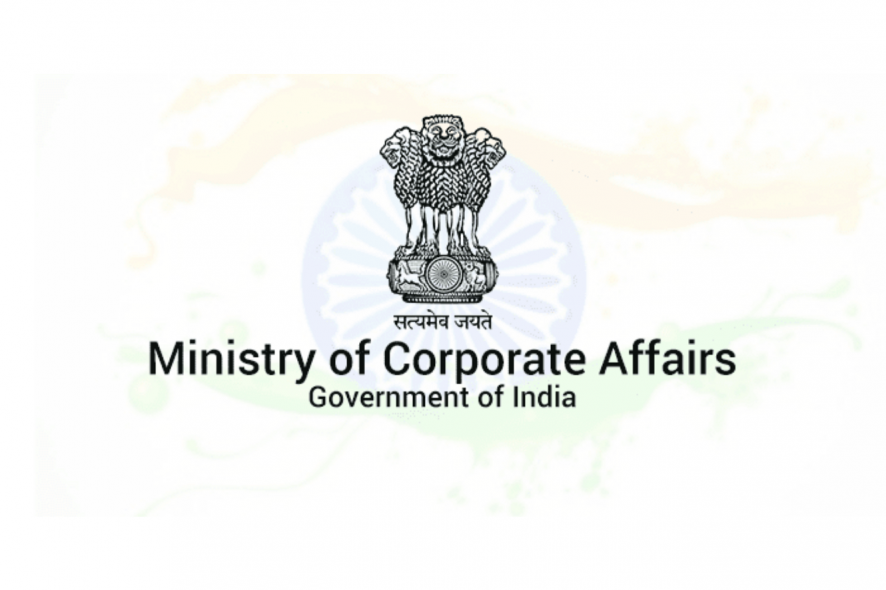Union Cabinet approved the proposal to introduce a Bill in the Parliament to carry out 08 amendments to the Insolvency and Bankruptcy Code, 2016. The amendments aim to fill critical gaps in the corporate insolvency resolution framework as enshrined in the Code, while simultaneously maximizing value from the Corporate Insolvency Resolution Process (CIRP).
The Government intends to ensure maximization of value of a corporate debtor as a going concern while simultaneously adhering to strict timelines.
The salient features of the amendments are:
a) Clarity on allowing comprehensive corporate restructuring schemes such as mergers, demergers, amalgamations, etc as part of the resolution plan.
b) Greater emphasis on the need for time-bound disposal at application stage.
c) A deadline for completion of CIRP within an overall limit of 330 days, including litigation and other judicial processes.
d) Votes of all financial creditors covered under Section 21 (6A) shall be cast in accordance with the decision approved by the highest voting share (more than 50%) of financial creditors on present and voting basis.
e) A specific provision that financial creditors who have not voted in favor of the resolution plan and operational creditors shall receive at least the amount that would have been received by them if the amount to be distributed under the resolution plan had been distributed in accordance with Section 53 of the Code or the amount that would have been received if the liquidation value of the corporate debtor had been distributed in accordance with Section 53 of the Code, whichever is higher. This will have retrospective effect where the resolution plan has not attained finality or has been appealed against.
f) Inclusion of commercial consideration in the manner of distribution proposed in the resolution plan, within the powers of the Committee of Creditors.
g) Clarity that the plan shall be binding on all stakeholders including the Central Government, any State Government or local authority to whom a debt in respect of the payment of the dues may be owed.
h) Clarity that the Committee of Creditors may take the decision to liquidate the corporate debtor, any time after the constitution of the Committee of Creditors and before preparation of Information Memorandum.
The proposal is in line with the overall objective of the government to achieve the outcomes envisioned in the Insolvency and Bankruptcy Code and seeks to ensure speedier resolution of cases involving corporate debtors.
[Press Release dt. 17-07-2019]
Ministry of Corporate Affairs






